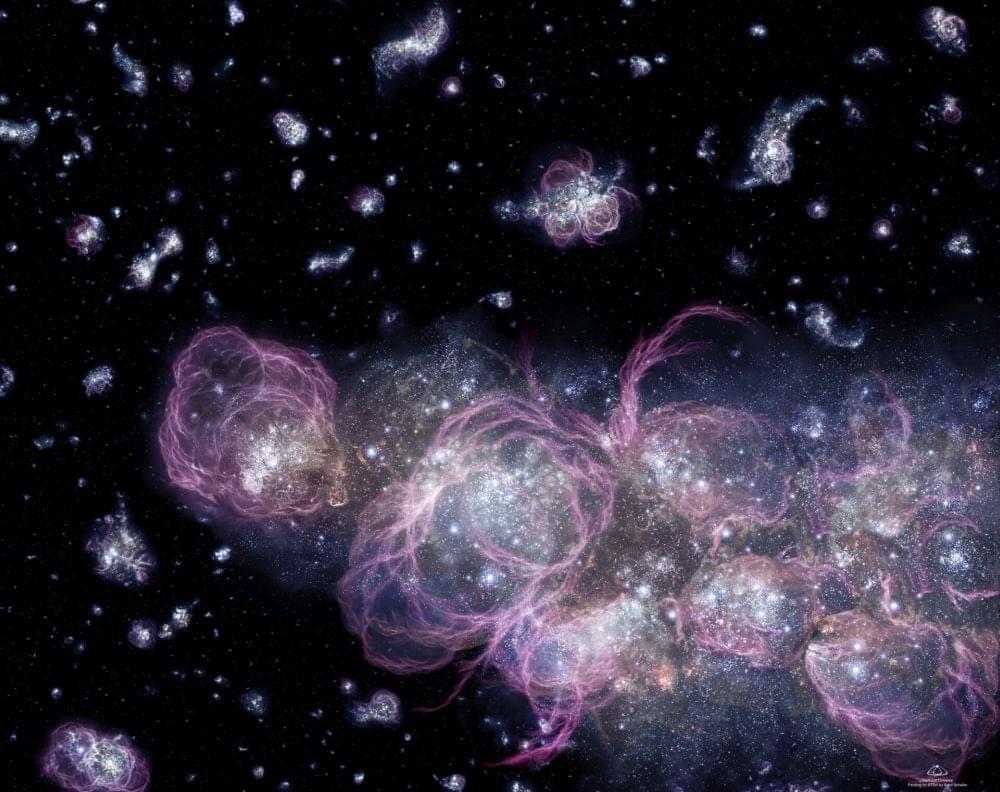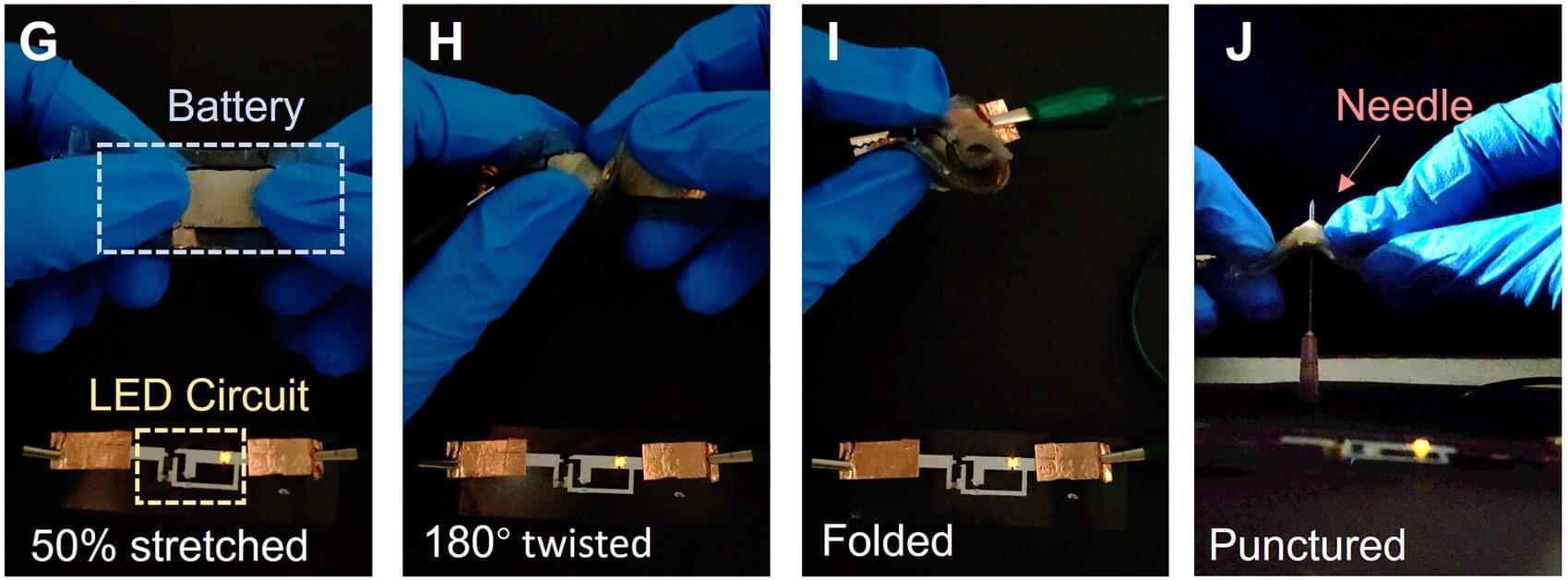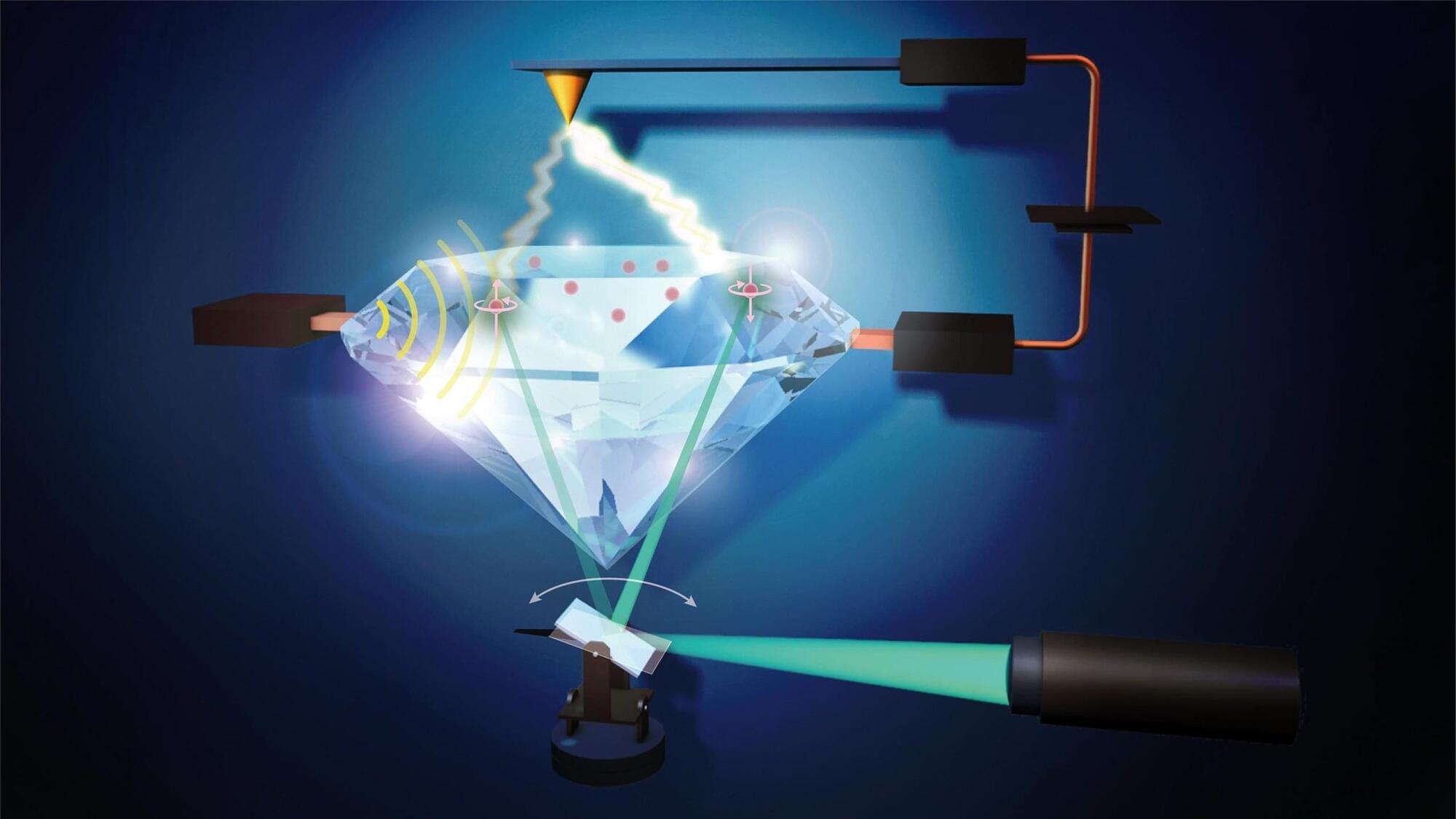Three books examine what we gain and lose when we let machines create.



A 70-year-old man presented to the emergency department with a painful exacerbation of right trigeminal neuralgia, managed for 5 years with carbamazepine. Clinical examination revealed binocular diplopia due to an abduction deficit in the right eye and hypoesthesia in all divisions of the right trigeminal nerve (V1, V2, V3), without clinical signs of right VII or VIII cranial nerve involvement. High-resolution 3D T2-weighted steady-state MRI (Figure) revealed vertebrobasilar dolichoectasia (VD) with deviation of the right fifth cranial nerve root, complete atrophy of the right sixth cranial nerve, and deviation of the right acoustic-facial nerve bundle.
Open in viewer.
Although VD mainly causes ischemic stroke or brainstem compression, cranial nerve involvement is rare. Abducens nerve compression is exceptional, with 11 cases reported up to 2020,1 and combined fifth and sixth nerve involvement even rarer (2 cases).2.

Join us on Patreon! https://www.patreon.com/MichaelLustgartenPhD
Discount Links/Affiliates:
Blood testing (where I get the majority of my labs): https://www.ultalabtests.com/partners/michaellustgarten.
At-Home Metabolomics: https://www.iollo.com?ref=michael-lustgarten.
Use Code: CONQUERAGING At Checkout.
Clearly Filtered Water Filter: https://get.aspr.app/SHoPY
Epigenetic, Telomere Testing: https://trudiagnostic.com/?irclickid=U-s3Ii2r7xyIU-LSYLyQdQ6…M0&irgwc=1
Use Code: CONQUERAGING
NAD+ Quantification: https://www.jinfiniti.com/intracellular-nad-test/

Dark matter is a confounding concept that teeters on the leading edges of cosmology and physics. We don’t know what it is or how exactly it fits into our understanding of the universe. We only know that its unseen mass is a critical part of the cosmos.
Astronomers know dark matter exists. They can tell by the way galaxies rotate, by exploiting gravitational lensing, and by analyzing fluctuations in the Cosmic Microwave Background. But new research suggests that there might be another way to detect its presence.
The research is “Dark Matter (S)pins the Planet,” and it’s available on the arXiv preprint server. Haihao Shi, from the Xinjiang Astronomical Observatory at the Chinese Academy of Sciences, is the lead author. The co-authors are all from Chinese research institutions.

A new USC study suggests that gut imbalances in children with autism may create an imbalance of metabolites in the digestive system—ultimately disrupting neurotransmitter production and influencing behavioral symptoms.
The research, published in Nature Communications, adds to a growing body of science implicating the “gut-brain” axis in autism. The discovery raises the possibility of new treatment avenues. It’s an example of how research at USC, and other universities, drives innovation and leads to discoveries that improve lives.
“We demonstrated that gut metabolites impact the brain, and the brain, in turn, affects behavior. Essentially, the brain acts as the intermediary between gut health and autism-related behaviors,” said first author Lisa Aziz-Zadeh, a professor at the Brain and Creativity Institute at the USC Dornsife College of Letters, Arts and Sciences.

A multidisciplinary team at the University of California, Berkeley, the Georgia Institute of Technology and the Hong Kong University of Science and Technology has developed a stretchable, self-healing lithium battery that remains stable after 500 charge/discharge cycles. In their paper published in the journal Science Advances, the group describes how they developed the battery and possible uses for it.
Over the past several years, scientists have been developing batteries for different types of applications. One such type is the stretchable battery, which could be used in wearable electronics. Recently, a team at Linköping University announced that they had developed a fluid battery that can take any shape, allowing for its use in a wide variety of applications. In this new study, the team at UC Berkeley has developed a stretchable battery that also heals itself.
To make the new battery, the research team started with a zwitterionic polymer that had both a positive and negative charge. With such polymers, water molecules bond with the charged parts while the lithium ions are attracted by the negative parts of plastic. The arrangement allows water to be tightly bound in the battery, reducing the risk of it splitting when voltage is applied, while still allowing lithium ions to be released when desired.
Despite major therapeutic advances in the treatment of acute lymphoblastic leukemia (ALL), resistances and long-term toxicities still pose significant challenges. Cyclins and their associated cyclin-dependent kinases are one focus of cancer research when looking for targeted therapies. We discovered cyclin C to be a key factor for B-cell ALL (B-ALL) development and maintenance. While cyclin C is not essential for normal hematopoiesis, CcncΔ/Δ BCR::ABL1 + B-ALL cells fail to elicit leukemia in mice. RNA sequencing experiments revealed a p53 pathway deregulation in CcncΔ/Δ BCR::ABL1 + cells resulting in the inability of the leukemic cells to adequately respond to stress. A genome-wide CRISPR/Cas9 loss-of-function screen supplemented with additional knock-outs unveiled a dependency of human B-lymphoid cell lines on CCNC. High cyclin C levels in B-cell precursor (BCP) ALL patients were associated with poor event-free survival and increased risk of early disease recurrence after remission. Our findings highlight cyclin C as a potential therapeutic target for B-ALL, particularly to enhance cancer cell sensitivity to stress and chemotherapy.
The Philadelphia (Ph) chromosome, a product of the reciprocal translocation t(9;22)(q34;q11) between chromosomes 9 and 22, encodes the BCR::ABL1 fusion oncoprotein.1 The constitutively active BCR::ABL1 tyrosine kinase is a hallmark of chronic myeloid leukemia (CML) and drives a subset of acute lymphoblastic leukemia (ALL). The incidence of Ph positive (Ph+) ALL correlates with age, from only 3% in pediatric ALL to around 25% in older adults.2 Direct targeting of the BCR::ABL1 kinase with tyrosine kinase inhibitors (TKI) has been a breakthrough in targeted cancer therapy. Despite efforts to counteract TKI resistance and improve safety profiles, refractory BCR::ABL1+ leukemia, as well as toxicities and long-term side effects of TKI, present particular therapeutic challenges.3–5
The clinical relevance of cyclins and their associated cyclin-dependent kinases (CDK) has been a major focus of research for several years. Cyclin-CDK complexes do not only drive the cell cycle, but are also important players in various other cellular processes including transcriptional and epigenetic regulation, metabolism or stem cell self-renewal.6 In line with their importance in different pathways, cyclin-CDK complex dysregulation is implicated in many different types of cancer.7

A research team at HZB has developed a clever technique to read quantum spin states in diamonds using electrical signals instead of light. This breakthrough could dramatically simplify quantum sensors and computing hardware.
Diamonds that contain specific optically active defects, known as color centers, can serve as highly sensitive sensors or as qubits for quantum computers, with quantum information stored in their electron spin states. Traditionally, reading these spin states requires optical methods, which are often complex and difficult to implement. Now, researchers at HZB have developed a more streamlined approach: using photovoltage to detect the spin states of individual defects. This method could pave the way for much smaller and more compact quantum sensors.
Harnessing Defects for Spin States.

Researchers in China have achieved a major leap in quantum photonics by generating a massive 60-mode entangled cluster state directly on a chip using optical microresonators.
By leveraging a deterministic, continuous-variable approach and a multiple-laser pump technique, they overcame traditional limitations in scalability. The team confirmed high-quality entanglement using advanced detection methods, paving the way for powerful quantum technologies like chip-based computers, secure communications, and cutting-edge sensors.
Breakthrough in On-Chip Quantum Entanglement.